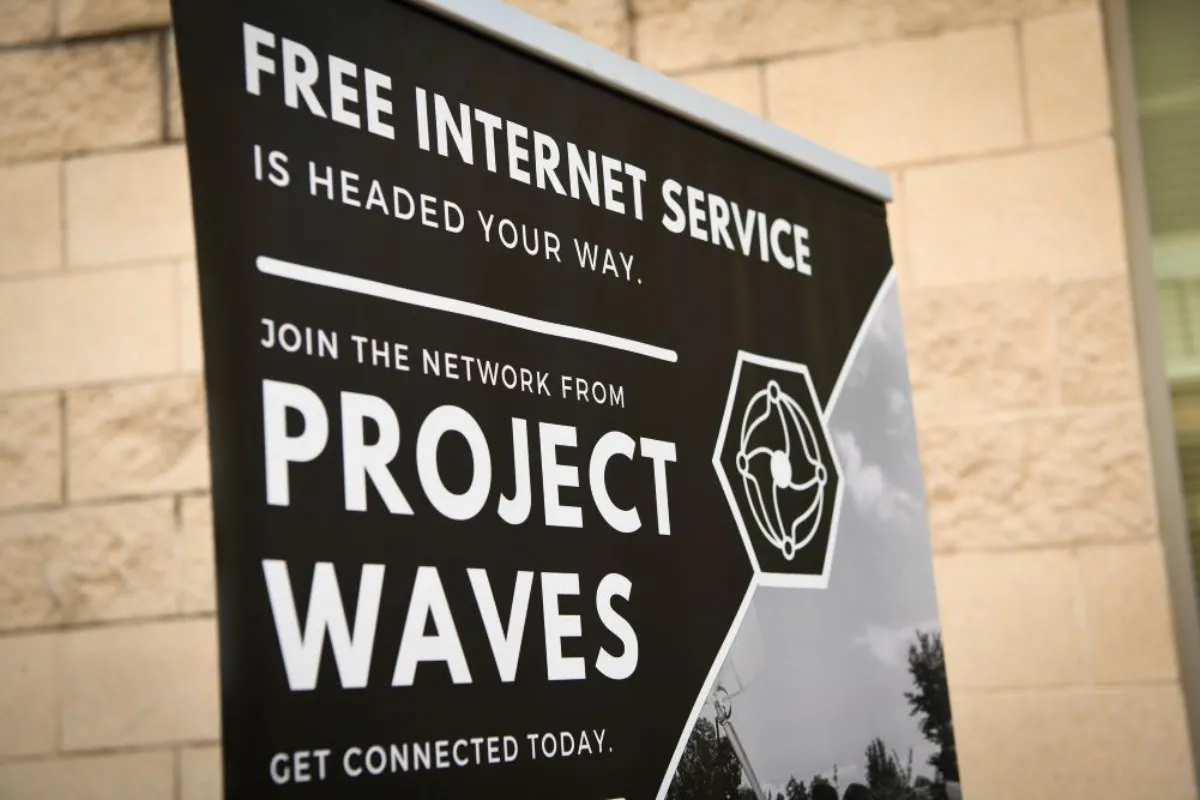OTAN News
Can Publicly Owned Internet Close the Digital Divide in U.S. Cities?
What’s the Context?
Plans for massive federal funding are boosting U.S. efforts to view broadband as a utility.
-
One-fifth of the country lacks internet access particularly in poor, rural and Native American communities.
-
Municipal broadband can reach unconnected, backers say.
-
Government rolling out $65 billion (about $200 per person in the US) 'Internet for All' backers say.
Whether for working from home, scheduling medical appointments, or banking to function within our society, the internet is a basic requirement. According to Carey L. Biron's article published by Thomson Reuters Foundation, "a public option could create more local competition, prompt increased investment, drive down prices, and reach those without internet connections." The COVID-19 pandemic bolstered "moving key services" online, and now the federal government prepares to close the digital divide with a massive federal program. Supporters say a public option could create more local competition, prompt increased investment, drive down prices, and reach those without internet connections.
Some people warn, "such projects have often proved wasteful, redundant and inefficient in closing the digital divide." Jonny Kampis, director of telecom policy for the Taxpayers Protection Alliance states, "At the very least this should be a level playing field with those forming the best proposals receiving the grant money."
Year of the 'Public Option'?
Community broadband networks now serve more than 20 million homes, according to the recently formed American Association for Public Broadband, a nonprofit founded by state and local officials.
2023 "could be the year that things begin to change," it said in an April report, fueled by the massive new federal funding available. The government last year created a $65 billion (about $200 per person in the US) 'Internet for All' Initiative aiming to build out high-speed internet infrastructure and bring down costs, with money expected to start flowing in coming months.
Regulators have been explicit that local governments should be eligible.
"We want to get the best possible networks built," said a spokesperson with the National Telecommunications and Information Administration in emailed comments.
"To do that, we've asked states to create a level playing field on which municipalities; cooperatives; and small, medium, and large companies can all compete for these funds."
 A sign announces a new broadband program at an apartment complex in Baltimore. Project Waves/Handout via Thomson Reuters Foundation
A sign announces a new broadband program at an apartment complex in Baltimore. Project Waves/Handout via Thomson Reuters Foundation
Los Angeles County, using pandemic relief money, is building what could one day become the "largest municipal broadband projects in the country." With almost 400,000 residents (about half the population of Delaware) lacking home internet, the new program allows selected companies to "use publicly owned roofs, towers, and other infrastructure to bring fee broadband to low-income households, with thousands likely connected by the end of the year." With only one provider in LA County, they hold a costly monopoly over residents.
In other parts of the country, non-profits work to improve the problem.
The Internet has become a utility, the same as electricity and water, and there is a healthy initiative to provide internet for all across the country.
Full Article: Can Publicly Owned Internet Close the Digital Divide in Us Cities?

